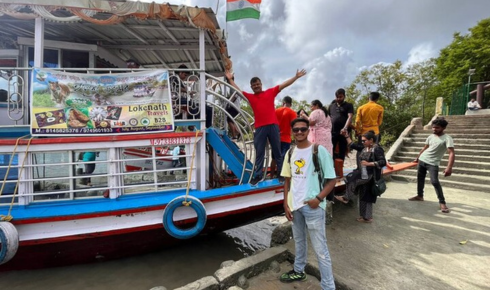
The Māori, New Zealand’s indigenous people, have a vibrant culture steeped in history, spirituality, and community. For those exploring New Zealand travel packages for an authentic cultural experience, engaging with Māori traditions offers a profound connection to the land and its people. From powerful haka performances to intricate art forms, here’s what tourists should prioritize to truly appreciate Māori heritage.
The Heart of Māori Culture: Tikanga and Values
Māori culture is guided by tikanga, a set of customs and protocols emphasizing respect, community, and connection to the environment. Visitors will notice this in the warm hospitality of a pōwhiri, a traditional welcome ceremony often held at a marae (communal meeting ground). The pōwhiri includes chants, speeches, and the hongi—a pressing of noses symbolizing the sharing of breath and unity. Tourists should approach these ceremonies with respect, following local guidance on etiquette, such as removing shoes before entering a marae.
Māori values like manaakitanga (hospitality) and kaitiakitanga (guardianship of the environment) shape daily life. Travelers can experience these through eco-conscious tours or community-led initiatives, often included in curated New Zealand travel packages for an authentic cultural experience. Engaging with Māori guides offers insights into their deep spiritual connection to Papatūānuku (Earth Mother) and Ranginui (Sky Father).
Also Read: Exploring the Unique Maori Culture of New Zealand in 2025: Traditions and Experiences!
The Power of Haka: A Cultural Icon
No visit to Aotearoa (New Zealand) is complete without witnessing a haka, the iconic Māori war dance. Far more than a performance, the haka expresses strength, unity, and emotion, often performed at celebrations, funerals, or to honor guests. Tourists can attend cultural shows in Rotorua or Wellington, where Māori performers demonstrate the haka’s intensity through rhythmic movements, fierce facial expressions, and chants. Some tours even offer workshops to learn basic haka movements, providing a hands-on cultural experience.
Art and Craftsmanship: Taonga and Storytelling
Māori artistry is a window into their history and identity. Taonga (treasured objects) like carvings, weavings, and jewelry showcase intricate designs inspired by nature and ancestry. Visitors to places like Te Puia in Rotorua can observe master carvers creating whakairo (wood carvings) or weavers crafting raranga (flax weaving). These crafts often carry stories of whakapapa (genealogy), connecting present generations to their ancestors.
For a deeper dive, explore Māori tattooing, or tā moko. These intricate designs, traditionally chiseled into the skin, signify status, lineage, and identity. While tourists cannot receive authentic tā moko, many cultural centers offer temporary designs or educational sessions about their significance.
Culinary Traditions: Hāngī and Kai
Food is a cornerstone of Māori culture, and a hāngī—a traditional earth oven meal—is a must-try. Ingredients like kumara (sweet potato), pork, and vegetables are slow-cooked underground, infusing them with a smoky, earthy flavor. Many Māori tourism operators include hāngī feasts in their offerings, often paired with storytelling or performances. Visitors can also sample modern Māori cuisine, which blends traditional ingredients with contemporary techniques, at restaurants in Auckland or Christchurch.
Where to Experience Māori Culture
For travelers seeking immersive experiences, Rotorua’s cultural villages like Whakarewarewa or Mitai Māori Village offer performances, guided tours, and hāngī dinners. The Waitangi Treaty Grounds in the Bay of Islands provide historical context about the Treaty of Waitangi, a pivotal agreement between Māori and the British Crown. Booking New Zealand travel packages for an authentic cultural experience ensures access to these sites with knowledgeable Māori guides who share their stories and traditions.
Final Thoughts
Māori culture is a living, breathing part of New Zealand’s identity, offering tourists a chance to connect with a rich heritage. By participating in a pōwhiri, learning about tā moko, tasting hāngī, or witnessing a haka, visitors gain a deeper appreciation for the Māori way of life. Approach these experiences with an open heart and respect for tikanga, and you’ll leave with memories that resonate long after your journey ends.


